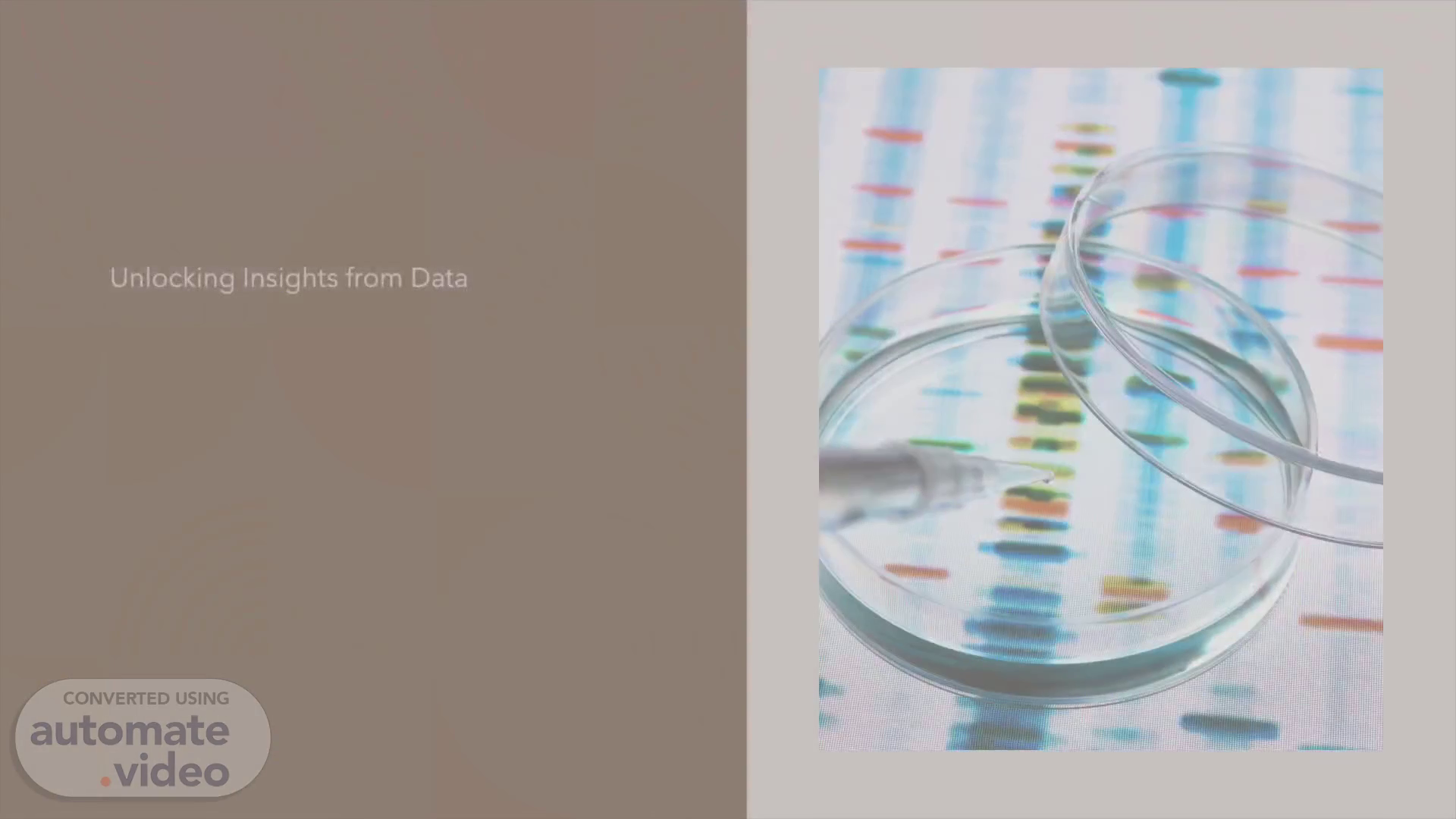
"Data Analysis Techniques"
Scene 1 (0s)
[Audio] Welcome to Topworker. Today, we're going to delve into the fascinating world of data analysis techniques..
Scene 2 (10s)
[Audio] we'll explore how data analysis is a powerful tool that plays a vital role in decision-making across various industries and domains. Data analysis involves extracting valuable insights from raw data, enabling us to make more informed decisions. These insights provide us with a competitive edge, helping us to uncover hidden patterns, trends, and relationships within the information we collect. In our journey through this presentation, you'll discover the techniques and methods that are the foundation of effective data analysis, helping you u.
Scene 3 (46s)
[Audio] Let's start our exploration with the critical first step in data analysis: Data Preprocessing. This is the process of cleaning and transforming raw data to make it suitable for analysis. We remove duplicates, correct errors, and handle missing values using techniques like imputation or deletion. Outlier detection helps us identify extreme values that might skew our analysis. To illustrate this, let's consider a scenario where we have sales data with missing values for certain dates. Data preprocessing is essential to address these gaps and ensure the accuracy of our analysis.".
Scene 4 (1m 29s)
[Audio] "Descriptive Analysis is all about summarizing and visualizing data. It's a fundamental step that helps us understand the characteristics of our dataset. We rely on measures of central tendency like the mean, median, and mode to understand where our data 'centers.' Measures of dispersion, such as variance and standard deviation, provide insights into the spread of our data. Furthermore, data visualization techniques like histograms, box plots, and scatter plots are incredibly powerful in helping us visualize data distribution. As an example, consider a marketing dataset. A histogram can vividly show the age distribution of customers, making it easier to grasp the customer base's age demographics.".
Scene 5 (2m 18s)
[Audio] "Inferential Analysis is a crucial step that allows us to draw conclusions from a sample and make inferences about a larger population. This is where hypothesis testing comes into play. We compare our sample data to a population parameter, using null and alternative hypotheses, significance levels, and p-values. Confidence intervals help us estimate population parameters more precisely. To illustrate this concept, let's consider a pharmaceutical company testing a new drug. We'll discuss how hypothesis testing helps determine the drug's efficacy compared to a placebo, showcasing the real-world application of inferential analysis.".
Scene 6 (3m 3s)
[Audio] Now, let's move on to Predictive Analysis, a technique that enables us to forecast future outcomes based on historical data. Regression analysis is employed to predict continuous outcomes, while classification techniques are used for categorical predictions. Time series analysis is a special form of predictive analysis that's incredibly valuable for forecasting in time-dependent data. For instance, in the financial world, we can demonstrate how regression analysis is used to predict stock prices based on historical data, helping traders and investors make informed decisions.".
Scene 7 (3m 42s)
[Audio] "In conclusion, data analysis is a powerful tool that empowers us to make informed decisions. The techniques we've explored today are just the tip of the iceberg, but they are foundational in unlocking the potential of data. I encourage all of you to explore data analysis tools and resources, such as Python, R, Excel, and online courses, to further your skills in this field..
Scene 8 (4m 9s)
[Audio] Feel free to reach out with any questions or further inquiries. We're now open for discussion and your valuable input. Thank you for your attention..